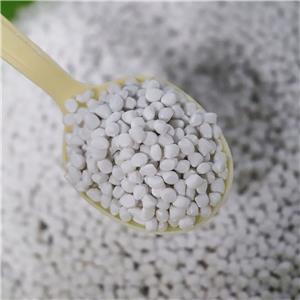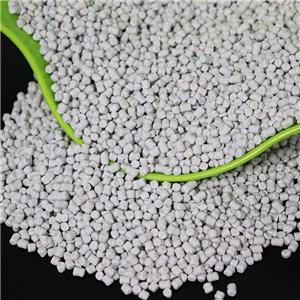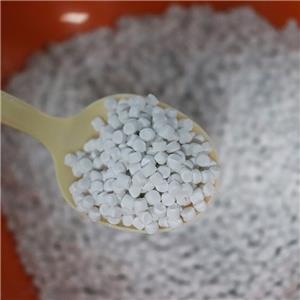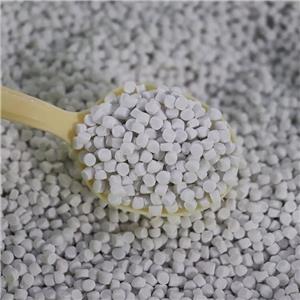Effect of talc purity on reinforced modification of plastics
Talc is a water-containing layered silicate mineral with the chemical formula 3MgO•4SiO2•H2O. Talc powder has good chemical stability, strong acid and alkali resistance, but also has good electrical insulation properties and heat resistance. As an excellent functional raw material and filler, it can be used in plastics. Modification can change the surface affinity of talc powder, so that plastic and talC better combination. At present, scholars at home and abroad have carried out research on the composite of modified talc with polypropylene, MC nylon, homolactic acid, m-tactic polystyrene, Nylon-66 and so on.
Plastic reinforced modification is an important application area of talc, especially for polypropylene modification in the automotive and home appliance industries. Talc can increase the thermal deformation temperature of the product, increase dimensional stability, and reduce the shrinkage rate of the molding. Ultrafine talc powder improves rigidity, creep resistance, and impact strength of products. Therefore, in the interior parts, exterior parts and structural parts, many talc reinforced modified polypropylene materials are used. In order to cope with global climate change, reduce emissions, and achieve the goal of "carbon peak and carbon neutrality", lightweight has become the trend of the development of the automotive industry. Experiments show that if the weight of the vehicle is reduced by 10%, the fuel efficiency can be increased by 6-8%; For every 100 kg reduction in vehicle maintenance mass, fuel consumption per 100 km can be reduced by 0.3-0.6 liters. Automotive modified plastics ushered in a new development opportunity.
Purity refers to the talc content of the product. The higher the purity of talc, the better the strengthening effect. The direct measurement of talc purity is more complex, and can be inferred by burning loss at 1050 ° C, which is generally expressed in silica. The lower the firing loss, the higher the silica value and the higher the purity. The silica content of pure talc is 63.47% and the firing loss is 4.75%. The enhanced modification effect of talc powder with firing loss < 8.5% is obvious. The effect of modification enhancement is weakened when the firing loss is 8.5% ~ 16%. Burning loss > 16% basically has no effect.
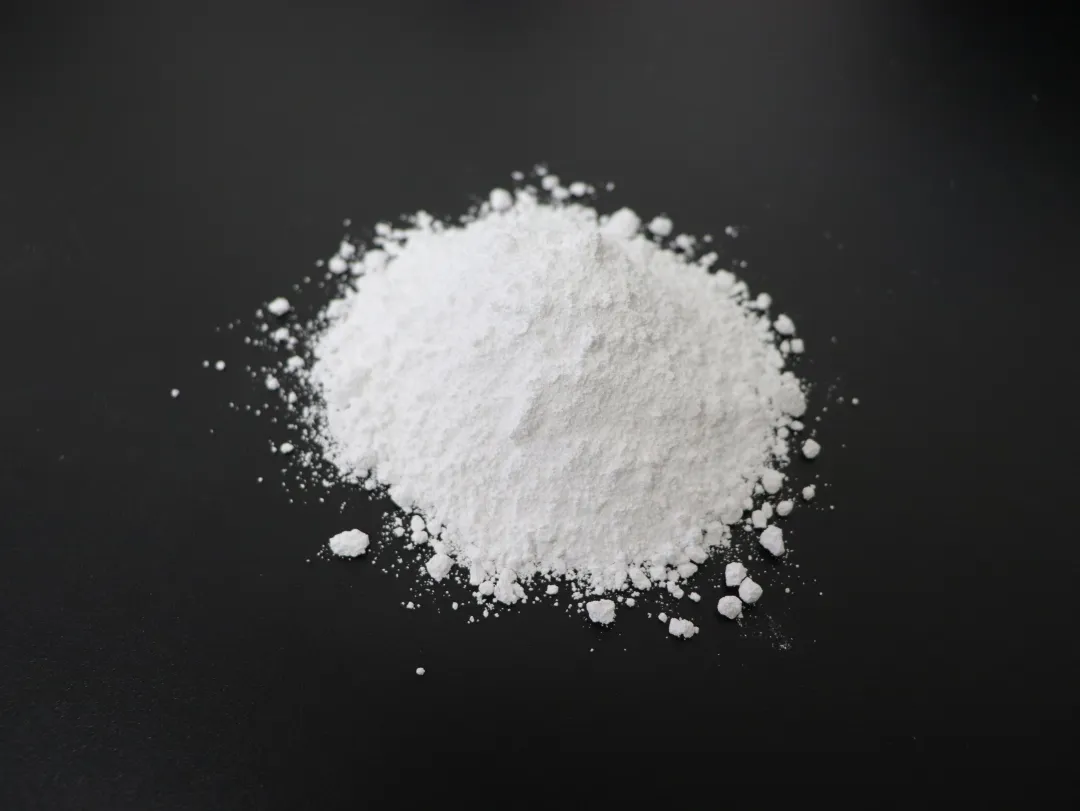
The natural talc contains impurity minerals, which will have various adverse effects on the modification effect. These impurities include: magnesite, dolomite, chlorite, quartz, iron salts, heavy metals, etc.
The results show that the types and contents of talc impurities in different places are different, and the effects on strengthening modification are also different. Magnesite and dolomite have obvious adverse effects on bending modulus and thermal stability, and chlorite also has adverse effects, but smaller than that of magnesite and dolomite. Heavy metals and ferric salts have adverse effects on aging resistance and thermal stability of plastics. The effects of heavy metals need to be treated differently, and the effects of heavy metals present in the talc structure are less than those present in the carbonate and other impurity mineral structures.
Therefore, when choosing the talc model, we should not only pay attention to its purity, but also understand the origin and the types and content of impurities.
The "four degrees" of talc: purity, whiteness, fineness and slice are important factors to determine the enhancement and modification effect. When choosing a product model, it is necessary to consider these four factors and the cost performance. The higher the purity of talc, the better the enhancement effect, and the influence of different impurities on the effect is different. Although the whiteness has no effect on the enhancement modification, it will darken the color of the product, and the lower the b*(b) value in the wet whiteness, the smaller the color change of the plastic matrix. Ultrafine talc powder is increasingly used in thin wall and high stiffness modified plastic products. In the future, the unit usage of talc will be reduced, and the product performance will be higher and higher, that is, the reduction and efficiency will be increased, and the enhancement and modification effect will be improved in two ways: fineness and diameter thickness ratio. Sanding process can not only further improve the fineness, but also better maintain the sheet structure and diameter thickness ratio of talc, which is the future development direction of high-performance talc powder processing.

